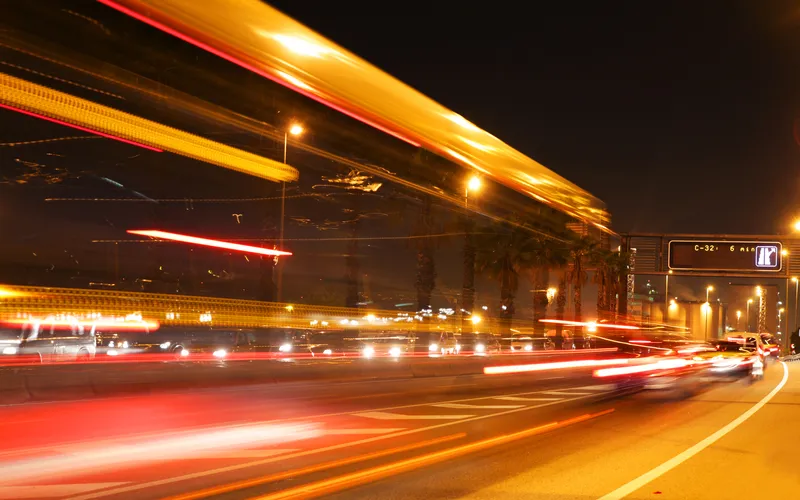Fifty-seven per cent of drivers believe they will switch to a telematics or ‘black box’ insurance policy in the next five years, according to a new study from Gocompare.com, an insurance comparison website. The study into the relationship between driving habits and insurance found that a wide cross-section of motorists is open to the idea of telematics-based car insurance. In fact, 59 per cent of over 55s said they may switch to one of these policies in the next five years and 19 per cent of all drivers wer
April 23, 2012
Read time: 2 mins
Fifty-seven per cent of drivers believe they will switch to a telematics or ‘black box’ insurance policy in the next five years, according to a new study from Gocompare.com, an insurance comparison website. The study into the relationship between driving habits and insurance found that a wide cross-section of motorists is open to the idea of telematics-based car insurance. In fact, 59 per cent of over 55s said they may switch to one of these policies in the next five years and 19 per cent of all drivers were happy to consider it at their next renewal.
However, the research also identified the issues which have held back the sector until now, including low levels of awareness, the lack of big name insurers and evidence of real savings in terms of premiums and fuel costs. The survey highlighted the strong underlying support for car insurance premiums based primarily on the way you drive, not on age and gender, with careful drivers rewarded with cheaper premiums. Gocompare.com's research also outlined the steps the industry still needs to take to make "black box" car insurance policies more attractive to consumers.
However, the research also identified the issues which have held back the sector until now, including low levels of awareness, the lack of big name insurers and evidence of real savings in terms of premiums and fuel costs. The survey highlighted the strong underlying support for car insurance premiums based primarily on the way you drive, not on age and gender, with careful drivers rewarded with cheaper premiums. Gocompare.com's research also outlined the steps the industry still needs to take to make "black box" car insurance policies more attractive to consumers.










